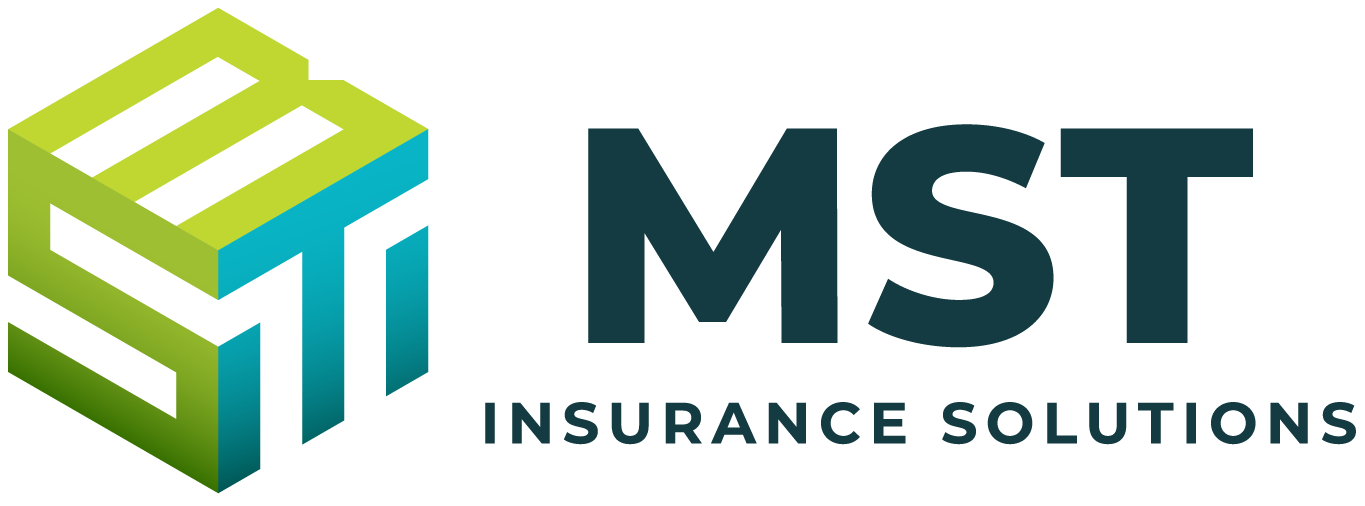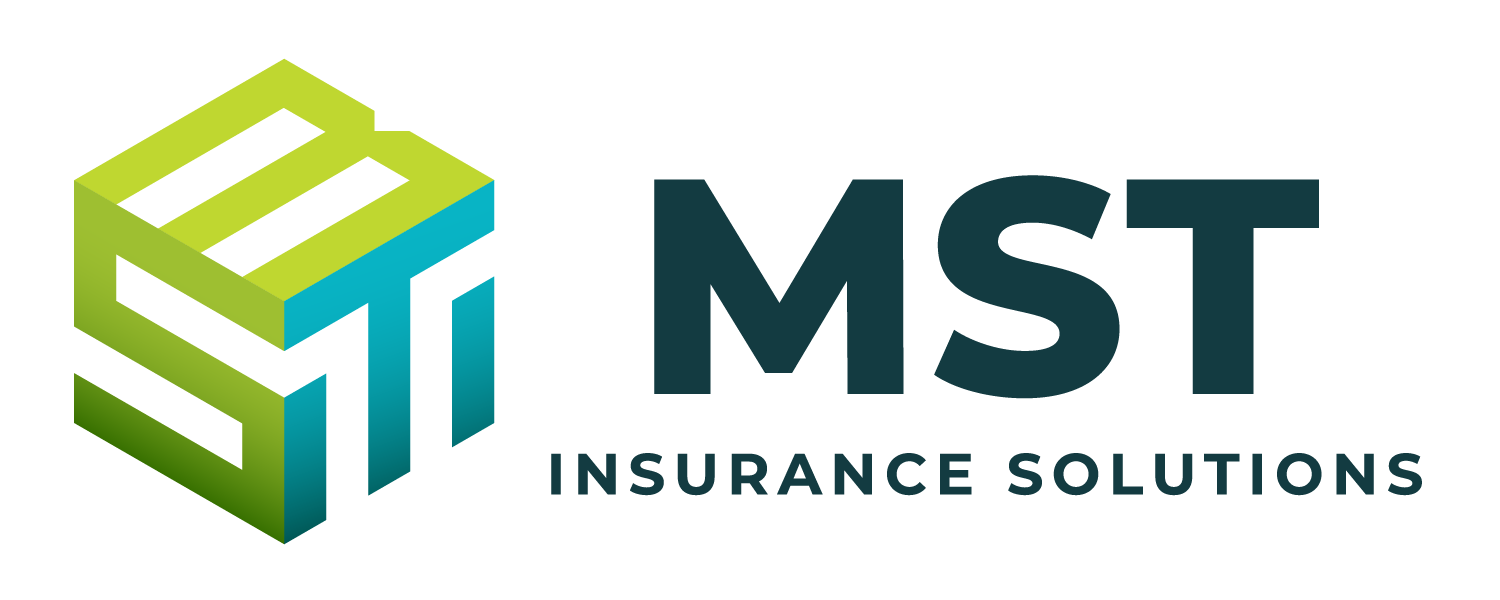Although the end of the year is a busy time, employers should continue to prioritize compliance requirements for their employee benefit plans. There are several benefits-related tasks that employers should make sure are completed by the end of 2024, such as:
- Submitting a gag clause attestation for their health plans (or confirming that an issuer or third-party administrator (TPA) submits the attestation);
- Amending plan documents for discretionary changes made for 2024;
- Confirming annual notices have been provided, such as the Children’s Health Insurance Plan (CHIP) notice; and
- Performing any necessary nondiscrimination testing.
In addition, employers should take steps to prepare for next year. For applicable large employers (ALEs), this includes making sure that health plan coverage will be affordable for full-time employees. Employers should also update employee benefit plan limits for 2025 and revise employee communications, such as summary plan descriptions (SPDs), for 2025 benefit changes.
This Compliance Overview contains a year-end compliance checklist for employee benefit plans.
Year-end Checklist (2024)
| Complete
(or N/A) |
Requirement | |||
| ☐ | Submit gag clause attestation by Dec. 31, 2024.
Health plans and health insurance issuers must annually submit an attestation of compliance with the federal prohibition on gag clauses. The attestation is due by Dec. 31, 2024. Employers with fully insured health plans do not need to provide the attestation if the issuer of the plan submits the attestation. Self-insured employers can enter into written agreements with their TPAs to provide the attestation, but the legal responsibility remains with the health plan. |
|||
| ☐ | Confirm annual notices have been provided, including CHIP and WHCRA notices.
Many health plan notices are required to be provided at certain times during the year; for example, Medicare Part D creditable coverage notices must be provided before Oct. 15 each year. However, certain annual notices can be provided at any time during the year, such as the annual CHIP notice or WHCRA notice for health plans. |
|||
| ☐ | Amend plan documents for changes made in 2024.
In general, employers that make discretionary changes to the design of their employee benefit plans for plan years beginning in 2024 should update their official plan documents, if necessary, to include the changes by the end of the year. |
|||
| ☐ | Remind employees about what happens to unused funds in their health flexible spending account (FSAs), health reimbursement arrangements (HRAs) and dependent care FSAs at the end of the year.
Encourage employees to use their unspent balances in these accounts, especially if unused funds are forfeited at the end of 2024. Also, remind employees about the deadlines for submitting claims for the year, including any runout period, as well as any grace periods for using unspent funds or permissible carryovers. If a health FSA or HRA allows unused funds to be carried over to the following year, remind employees about any caps on carryover amounts. |
|||
| ☐ | Complete nondiscrimination testing.
Complete annual nondiscrimination testing for employee benefit plans that are subject to these testing requirements, including Section 125 cafeteria plans, self-insured health plans, health FSAs, dependent care FSAs, HRAs, group term life insurance and retirement plans. |
|||
| ☐ | Update HIPAA privacy policies for new reproductive health care rights (if applicable).
Beginning Dec. 23, 2024, employer-sponsored health plans may be required to comply with stricter HIPAA privacy protections for lawful reproductive health care. The new privacy protections impact employers with self-insured health plans and employers with fully insured health plans that have access to protected health information (PHI) other than enrollment information, summary health information and information released pursuant to a valid HIPAA authorization. Affected employers should update their HIPAA privacy policies and train members of their workforce on the new restrictions for PHI related to reproductive health care. |
|||
| ☐ | Ensure your health plan coverage will meet the Affordable Care Act’s (ACA) affordability requirement for 2025 (ALEs only).
ALEs must offer affordable, minimum-value (MV) health coverage to their full-time employees to avoid penalties under the ACA. Health plan coverage is considered affordable if the employee’s required contribution does not exceed 9.5% of the employee’s household income for the year (as adjusted each year). For plan years beginning in 2025, the adjusted affordability percentage is 9.02%. The affordability test applies only to the portion of the annual premiums for self-only coverage and does not include any additional cost for family coverage. Also, if an employer offers multiple health coverage options, the affordability test applies to the lowest-cost option that provides MV. |
|||
| ☐ | Update employee benefit limits for 2025.
Update benefit election and payroll systems for the 2025 plan limits and communicate the new limits to employees. Benefit limits that change for 2025 include the following: |
|||
| HSA contribution limits | Self-only high deductible health plan (HDHP) coverage | $4,300 (up from $4,150) | ||
| Family HDHP coverage | $8,550 (up from $8,300) | |||
| Catch-up contribution limit ($1,000) remains the same | ||||
| Health FSA limits | Employee contribution limit | $3,300 (up from $3,200) | ||
| Carryover limit | $660 (up from $640) | |||
| HDHP minimum deductible | Self-only HDHP coverage | $1,650 (up from $1,600) | ||
| Family HDHP coverage | $3,300 (up from $3,200) | |||
| HDHP out-of-pocket maximum | Self-only HDHP coverage | $8,300 (up from $8,050) | ||
| Family HDHP coverage | $16,600 (up from $16,100) | |||
| 401(k), 403(b) and 457(b) employee contribution limit | $23,500 (up from $23,000)
The catch-up contribution limit for employees ages 50 and over remains unchanged at $7,500. However, participants ages 60-63 can contribute up to $11,250 starting in 2025 (instead of $7,500). |
|||
| Qualified transportation fringe benefits (monthly limits) | Transit pass and vanpooling | $325 (up from $315) | ||
| Parking | $325 (up from $315) | |||
| ☐ | Revise employee communications, including SPDs, for 2025 benefit changes.
Communicate any benefit plan changes for the plan year beginning in 2025 to employees through an updated SPD or a summary of material modifications (SMM). |
|||
| ☐ | Confirm that a comparative analysis of NQTLs will be available for 2025.
The Mental Health Parity and Addiction Equity Act (MHPAEA) requires parity between a group health plan’s medical/surgical (M/S) benefits and its mental health or substance use disorder (MH/SUD) benefits. Any nonquantitative treatment limitations (NQTLs) placed on MH/SUD benefits must comply with MHPAEA’s parity requirements. For example, NQTLs include prior authorization, step-therapy protocols, network adequacy and medical necessity criteria. MHPAEA requires health plans and issuers to conduct comparative analyses of the NQTLs used for M/S benefits compared to MH/SUD benefits. Plans and issuers must make their comparative analyses available upon request to specific federal agencies or applicable state authorities. A final rule issued in September 2024 establishes new standards for developing comparative analyses to assess whether an NQTL, as written and in operation, complies with MHPAEA’s requirements. Significantly, the final rule requires the comparative analyses for ERISA-covered plans to include a plan fiduciary’s certification that they have engaged in a prudent process to select and monitor their service providers. The final rule generally applies for plan years beginning on or after Jan. 1, 2025, although some key requirements are delayed until plan years beginning on or after Jan. 1, 2026. Employers with fully insured health plans should reach out to their issuers to confirm comparative analyses will be completed for their plan’s NQTLs for the 2025 plan year in accordance with the final rule’s applicable requirements. Employers with self-insured health plans should reach out to their TPAs or other service providers for assistance with their comparative analyses. |
|||
| ☐ | Prepare for ACA reporting for coverage provided in 2024 (if applicable).
Employers subject to ACA reporting include employers with self-insured health plans (Section 6055 reporting) and ALEs with either fully insured or self-insured health plans (Section 6056 reporting). Employers subject to this reporting must file certain forms with the IRS each year and provide annual statements to individuals who are covered under the health plan (under Section 6055) and each of the ALE’s full-time employees (Section 6056). Individual statements for 2024 must be furnished by March 3, 2025. IRS returns for 2024 must be filed by March 31, 2025. Virtually all employers that are subject to ACA reporting must now file their returns electronically. Paper filing is only available to the smallest employers (i.e., those who file fewer than 10 information returns with the IRS for the year). A hardship waiver may be requested from the electronic filing requirement by submitting Form 8508 to the IRS. |
|||
For a copy of this notice, click here: 2024 Year end Checklist for Employee Benefit Plans

